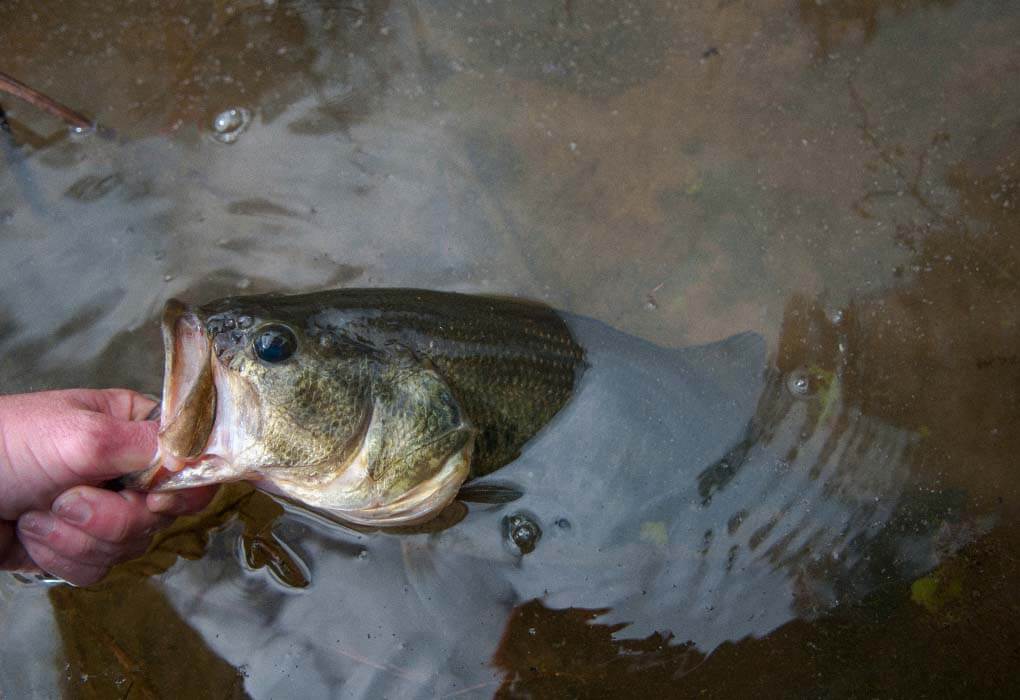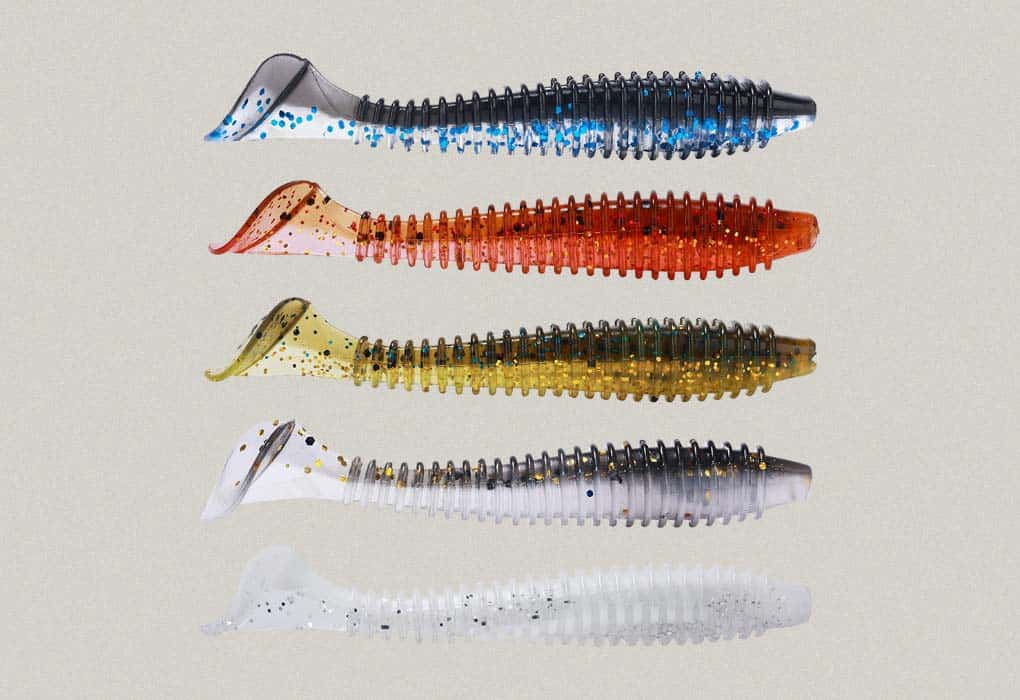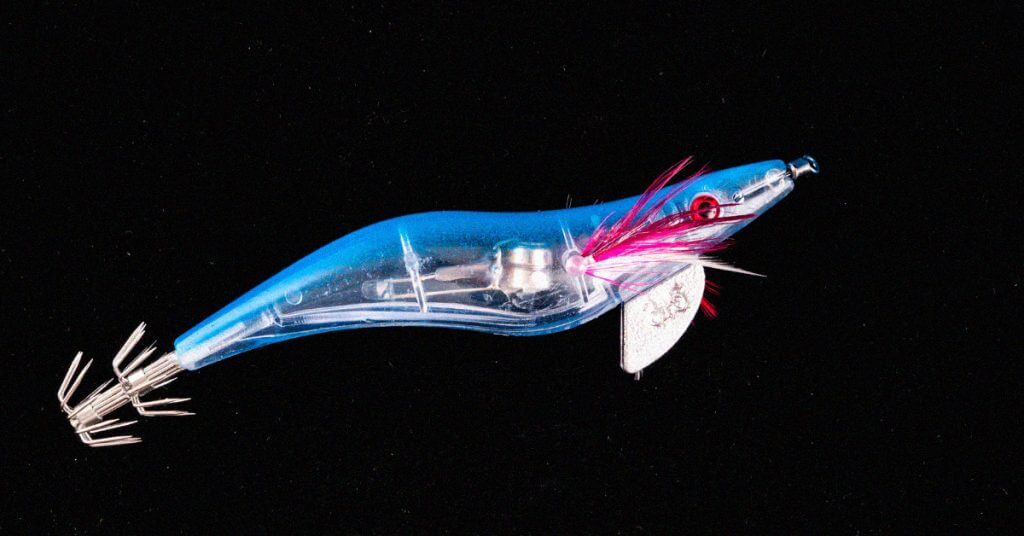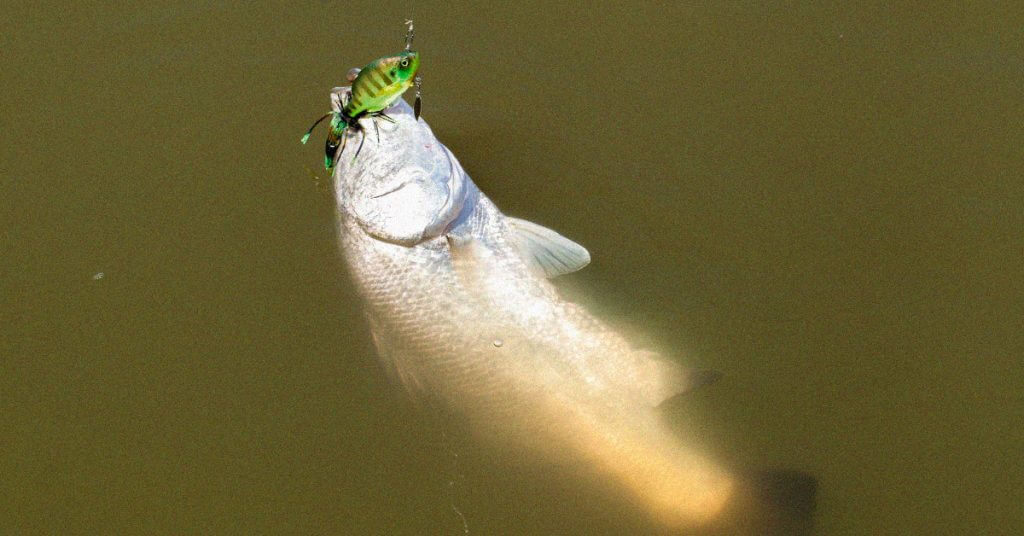Fishing with topwater lures is the most exciting way to fish.
Watching a bass explode out of the water to attack top water baits gets my adrenaline going.
After hearing stories of my grandpa catching big bass on buzzbaits, I was convinced I had to learn how to fish a buzzbait.
I’ve caught many bass on a buzzbait with the help of a few fishing tips from my grandpa, other anglers, and a lot of trial and error.
I’ve condensed everything you need to know about buzzbait fishing for beginners into this article so you can catch your first or biggest bass on a buzzbait.
How to Fish a Buzzbait for Bass
In this Anglers.com YouTube video, Wesley Littlefield shows us how he uses a buzzbait to catch bass, even when the conditions aren’t ideal!
The most important thing to remember about fishing a buzzbait is to keep it simple. A buzzbait is a relatively simple lure, so there’s no need to overcomplicate it with fancy techniques.
Step 1
Tie a buzzbait to your fishing line. I prefer to use braided line with a short monofilament leader.
Run the line through the U-shaped portion of the buzzbait near the paddle and tie your favorite knot to secure the line to the lure.
I use a Palomar Knot or Fisherman’s Knot.
Step 2
Cast the buzzbait. As the lure is flying through the air, get ready to begin reeling the instant it hits the water.
Step 3
As soon as the buzzbait hits the water begin reeling, don’t let it sink. Keep the buzzbait clacking on top of the water for as long as possible.
You will need to play with your retrieve speed because the fish want a slow retrieve some days, and on others, they want a fast retrieve.
Step 4
When you get a bite, pause for a half second before setting the hook. This will allow the bass to get the lure entirely in their mouth to increase your hookup ratio.
If you keep missing bites, try adding a trailer hook to your buzzbait.
Step 5
Reel in your first fish and repeat the process. Don’t be afraid to cast over the same spot several times. If there’s a bass there, sometimes it takes a few casts to annoy it enough so that it bites your lure.
That’s how to use a buzzbait!
Bonus Tips
You can try a couple of other techniques, such as buzzing it over a brush pile and pausing for just a second, then reeling again. The bass will usually hit it on the pause.
Another method I use is randomly jerking it while I’m reeling. This creates a little urgency in the bass’s mind and causes a reaction bite.
What is a Buzzbait?

A buzzbait looks similar to a spinnerbait, except it is designed to fish on top of the water.
Essentially, a buzzbait is a jig with a long wire bent to secure a paddle or clacker.
Despite being a simple lure, buzzbaits have been used to catch bass for decades, and they still work!
How Does a Buzzbait Work?
When you’re fishing with a buzzbait, you’re imitating an injured baitfish, causing a commotion on the surface.
Buzzbait fishing lures also annoy the bass, who’s just trying to relax while waiting on its next meal.
When you reel a buzzbait, the paddle or blades begin to spin, causing it to rise in the water column because of the shape of the paddle.
Once the lure breaks the water’s surface, it begins to make a splashing sound which drives the bass crazy until they bite it.
Choosing the Right Buzzbait for the Conditions
Buzzbaits excel under specific circumstances; in other instances, there are better bass fishing lures in your tackle box.
The conditions that most affect which buzzbait I throw are water clarity, weather, species of bass, and amount of cover.
Water Clarity
How clear the water determines what color buzzbait and trailer I use.
I use white or natural colors that imitate bluegill or shad in clear water.
In murky water situations, I use natural colors mixed with bright colors like chartreuse.
When the water is muddy, I use dark colors like black and blue. This helps the fish see the lure better.
Weather
The weather conditions will affect the size and color of buzzbait I decide to throw.
In low-light conditions, such as early morning, late evening, and cloudy days I use a black buzzbait and downsize because the bass doesn’t have to deal with the glare from the sun.
The only exception to low light conditions is during the shad spawn; I’ll throw white or silver buzzbaits.
On sunny days I’ll switch to a natural color and larger profile because the fish will be battling the glare from the sun.
If the wind is blowing hard, I’ll find something else to use, like a crankbait or chatterbait, and if the water is slick, I’ll use a popper or walking top water lure.
Buzzbaits work best with just a little ripple on the water. As the wind increases, I’ll switch to a buzzbait with a clacker to increase the volume.
Bass Species

The species of bass I’m targeting determines which size buzzbait I use.
For largemouth bass, I’ll use a large lure, and for smallmouth bass, I’ll use a small buzzbait so they can get their mouth around it.
Amount of Cover
Buzzbaits work well in and around cover because the hook faces up.
However, fishing heavy cover doesn’t always work well with a buzzbait, especially in thick grass that twists up with the prop and stops it from spinning.
In really heavy cover, I switch to a popping frog to keep from getting snagged and still get bites.
How to Rig a Buzzbait

There are a few different ways I rig a buzzbait.
The first is using it without a soft plastic. It works because you still have the silicone or rubber skirt and action of the prop.
Next, I use a skirted buzzbait with a soft plastic. I prefer wide and flat creature baits because they help keep the buzzbait on top of the water.
I’ll use a skirtless buzzbait other times, and that’s when I rig it with a soft plastic.
Step 1
Select the right soft plastic.
Step 2
Push the tip of the lure into the center portion of the “head” of the bait. Make sure it’s centered because this will make the next steps easier.
Step 3
Push the hook into the plastic, the length of the hook’s shaft.
Step 4
Push the hook through the middle of the bait and make sure it’s straight.
Step 5
Get to fishing with buzzbaits!
Buzzbait Rod & Reel Selection
I like to go with a medium-heavy, moderate-action rod. This helps with casting the buzzbait and has enough backbone to get a good hookset on the biggest bass.
For the baitcasting reel, I think an 8:1 reel is the best gear ratio to use because it’s fast enough to keep the buzzbait lure on top of the water, and it has enough power to horse them in through the heavy cover.
When to Use a Buzzbait
As I mentioned earlier, a buzzbait doesn’t do well in high wind situations and doesn’t do well with no wind. So you’ll need to find a happy medium.
Buzzbaits shine in shallow water during summer and early fall when bass are most active.
When to throw a buzzbait is in low-light conditions with a little ripple on the water during the summer.
Frequently Asked Questions
When should you throw a Buzzbait?
You should throw a buzzbait when you’re summer bass fishing in the mornings with a little chop on the water.
Are buzzbaits topwater lures?
Yes, buzzbaits are topwater lures.
How fast do you reel a Buzzbait?
Most days, you should reel a buzzbait as slowly as possible while keeping it on top of the water.
However, bass will want it as fast as you can reel on other days, so you’ll have to figure out what they want on that day.
What should you do if your buzz bait is not working?
If your buzzbait is not working, switch to a crankbait, chatterbait, or spinnerbait. The bass might still be in a chasing mood, but they don’t want to come to the surface to grab a bite.
Last Cast
When you fish buzzbaits, the main thing to remember is not to overcomplicate it.
If you implement these simple fishing tips, I guarantee you’ll catch more fish on a buzzbait.
I’m glad I learned how to fish a buzzbait because watching a bucket mouth explode on a topwater bite never gets old!




